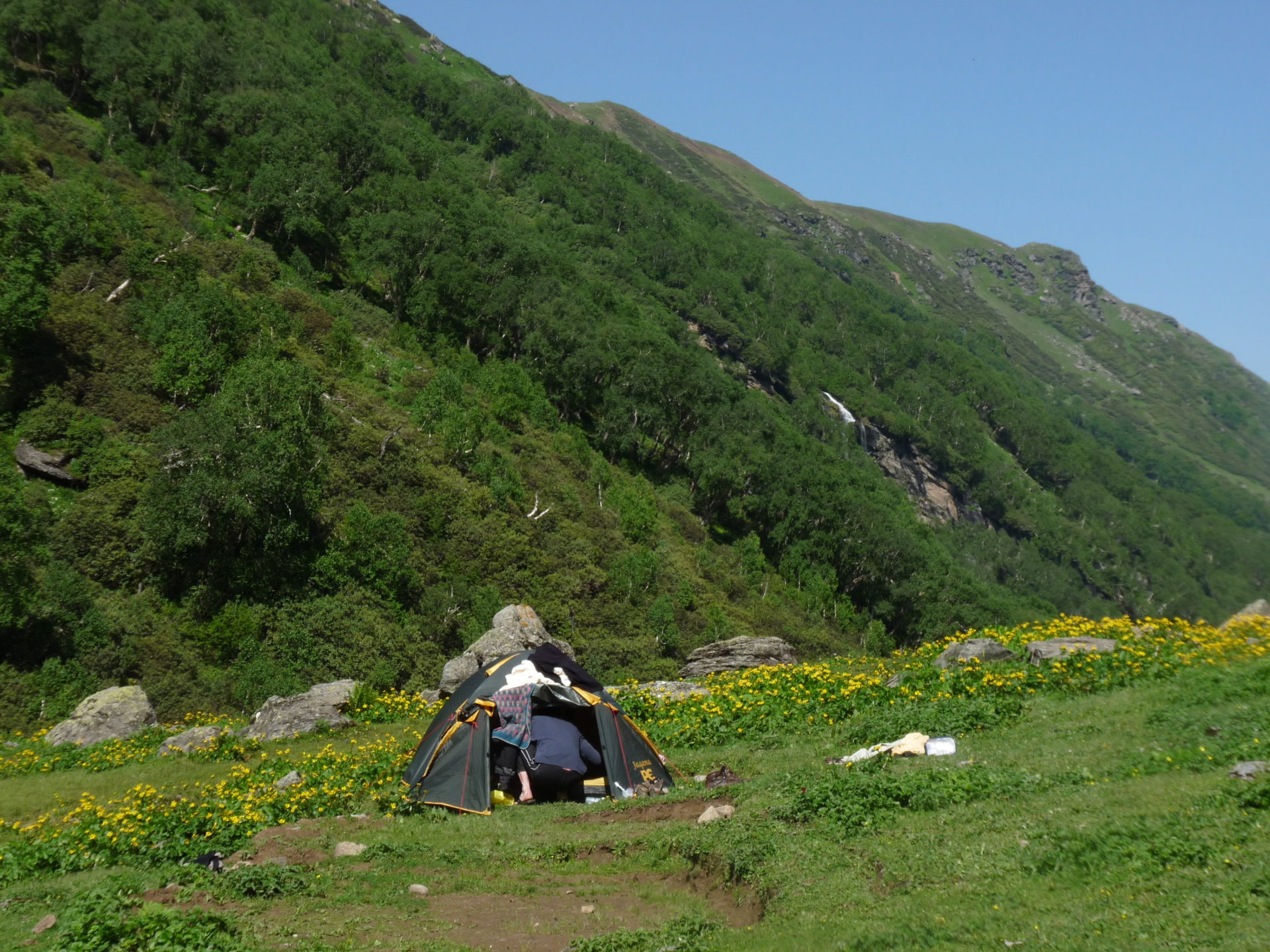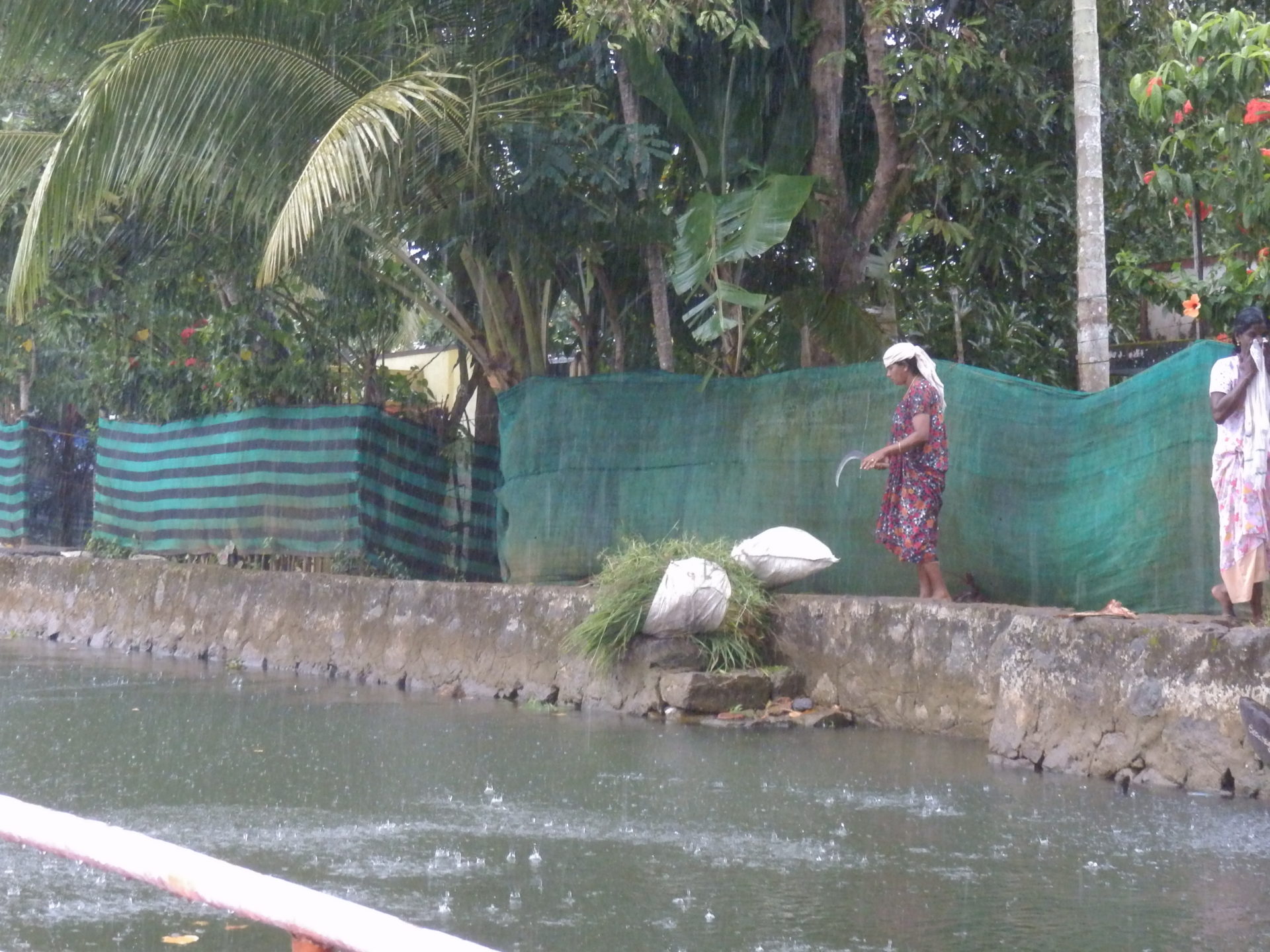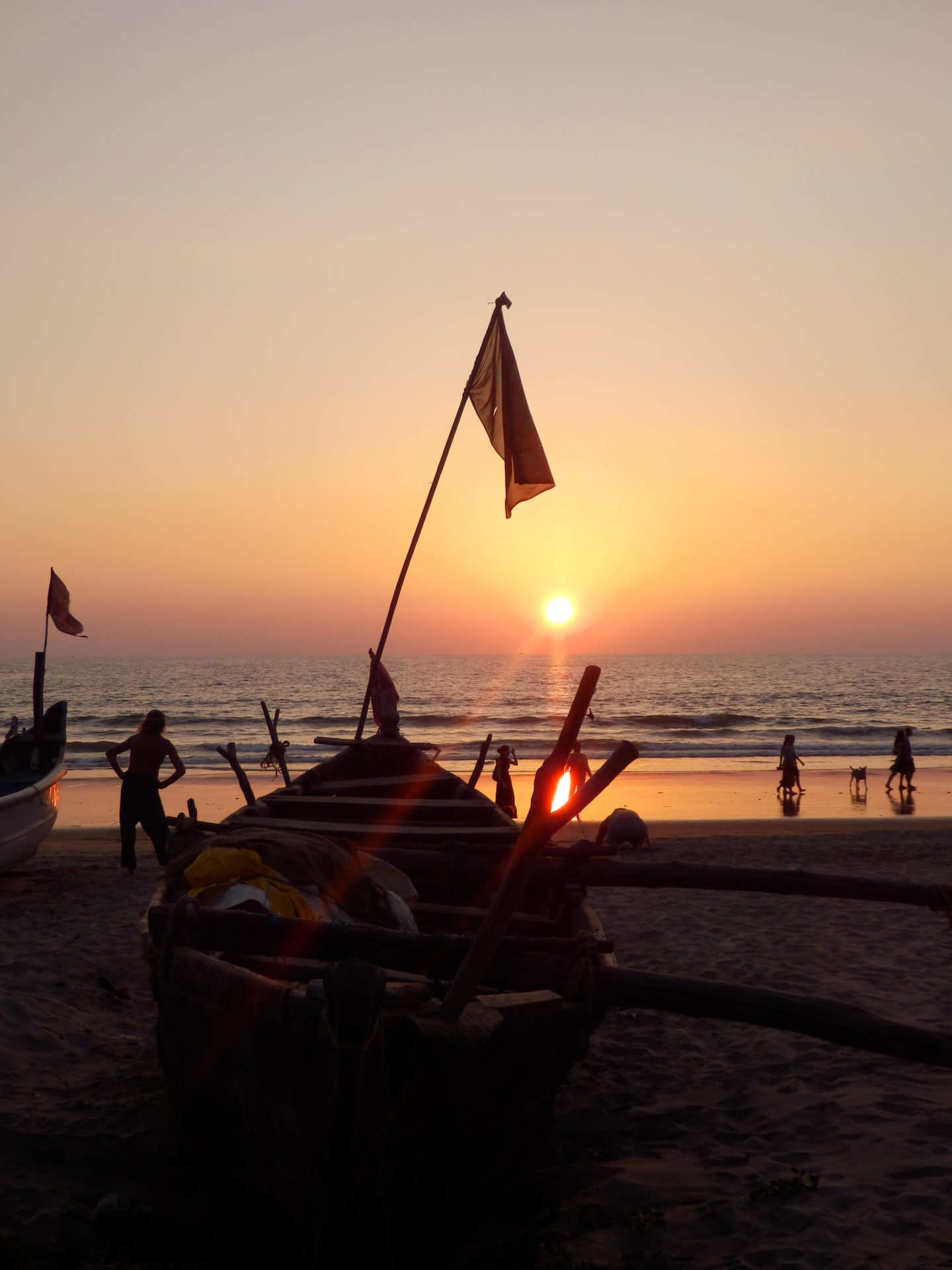At what time of the year should one travel to India?
India is a huge country that spans several landscapes and climates.
From the maritime-tropical climate in southern India to the continental subtropical climate in central India to the temperate and even Arctic climate in the Indian Himalayas, all climate zones are represented. Therefore, there is always a part of India that is very pleasant to travel at a certain time, but due to weather conditions it is difficult to find the best travel conditions throughout India in a short period of time.
In general, it can be said that India has three seasons: the hot, the cold and the rainy season!
The hot season:

From April it starts to get hot in India. 45° Celsius and more, are no longer a rarity in central India and even the Indian population moans under the heat and flees to the so-called “hill stations” smaller mountain resorts, which are located in the Himalayas. Here, at 1000 m to 2000 m of altitude, the temperatures are very pleasant and resemble a beautiful German summer in the Alps. While the rest of India is getting hotter, dustier and more humid, here in the mountains slowly the passes open and the trekking season starts.
The rainy season:

Towards the beginning of July, the heat is hard to bear and everyone is eagerly waiting for the monsoon, which breaks out every year almost to the day around June 1st over the south of India. Slowly it moves north, so that from the beginning/mid of July, almost the whole country is irrigated. After one to two months, the monsoon retreats from north to south until it disappears at the end of September/early October. Thus, the rainy season in the south is longer than in the northern part, where the clouds accumulate at the peaks of the Himalayas.. Ladakh and Spiti in the northernmost part of India, high in the Himalayas, are not reached by the monsoon.
Monsoon season does not mean that it rains around the clock every day. Often the monsoon precipitations take place every day for a short time very violent and after that it can even happen that the sky clears up. Sometimes, especially in northern India, it doesn’t even rain for days. Nevertheless, 90% of the total yearly rain comes down during the months of the monsoon.
As already mentioned, the monsoon clouds do not make it over the high mountain ranges in the mountains, so that large parts of the Himalayas are excellent for trekking especially in the regions of Spiti and Ladakh! Also an Ayurvedic course in the monsoon season in southern India has something particularly cleansing to it!
The cold season:

The best time to travel India, both in the south and in the north, are the months from October to March. In South India will be always warm. In the month from November to Februar in can cool down quitre a bit in North India (15-25° Celsius) and of course the Himalayas will be cold. Especially the months of October, November, February and March are suitable for a visit to northern India with Rajasthan, Madya Pradesh and Uttar Pradeh. From the end of November to the beginning of March it is excellent to visit South India and enjoy the sun on Goas and Keralas beaches!
Travel Tip 1 Bargaining in India





